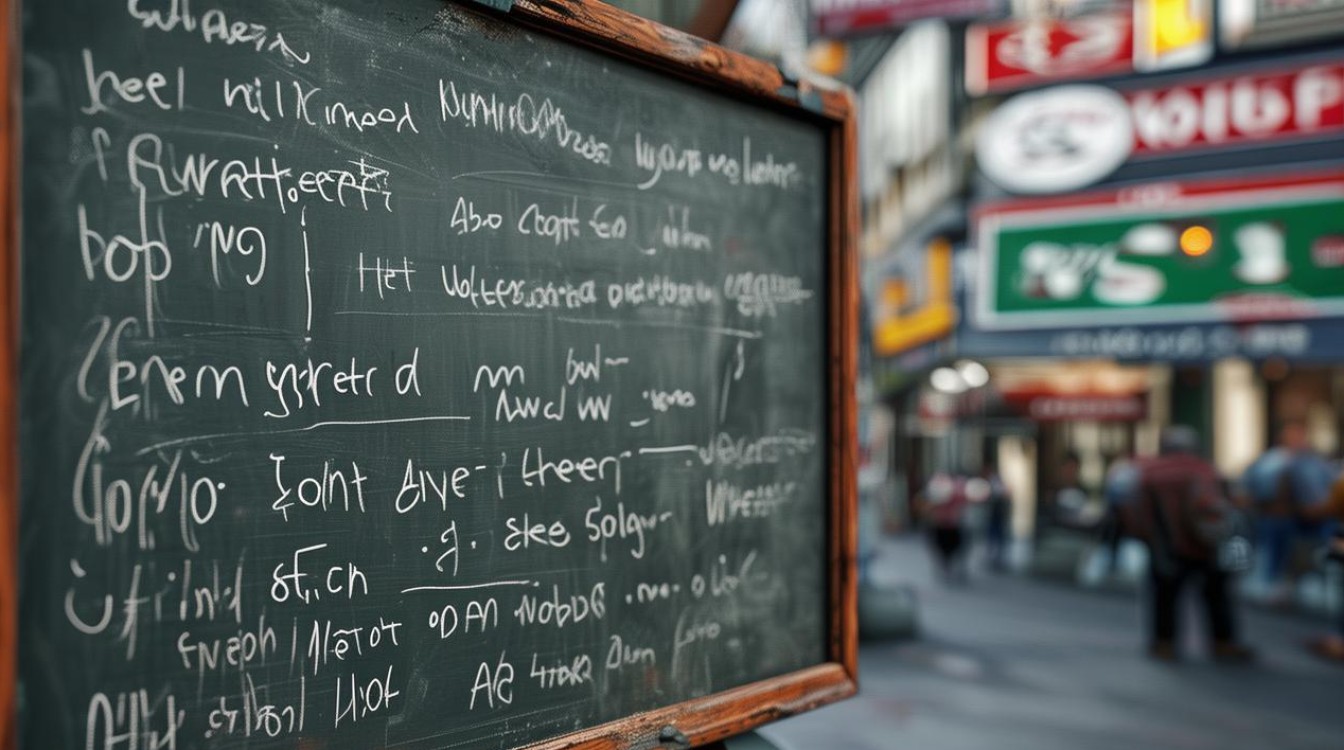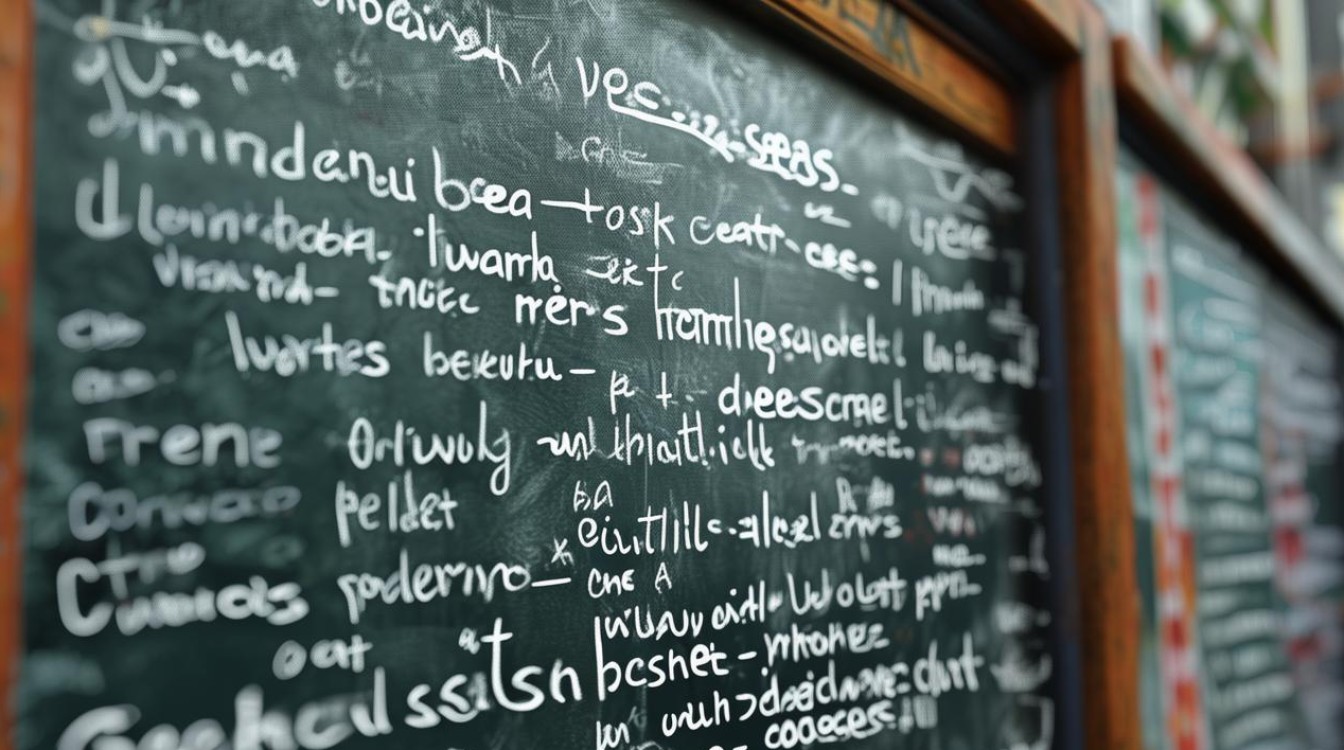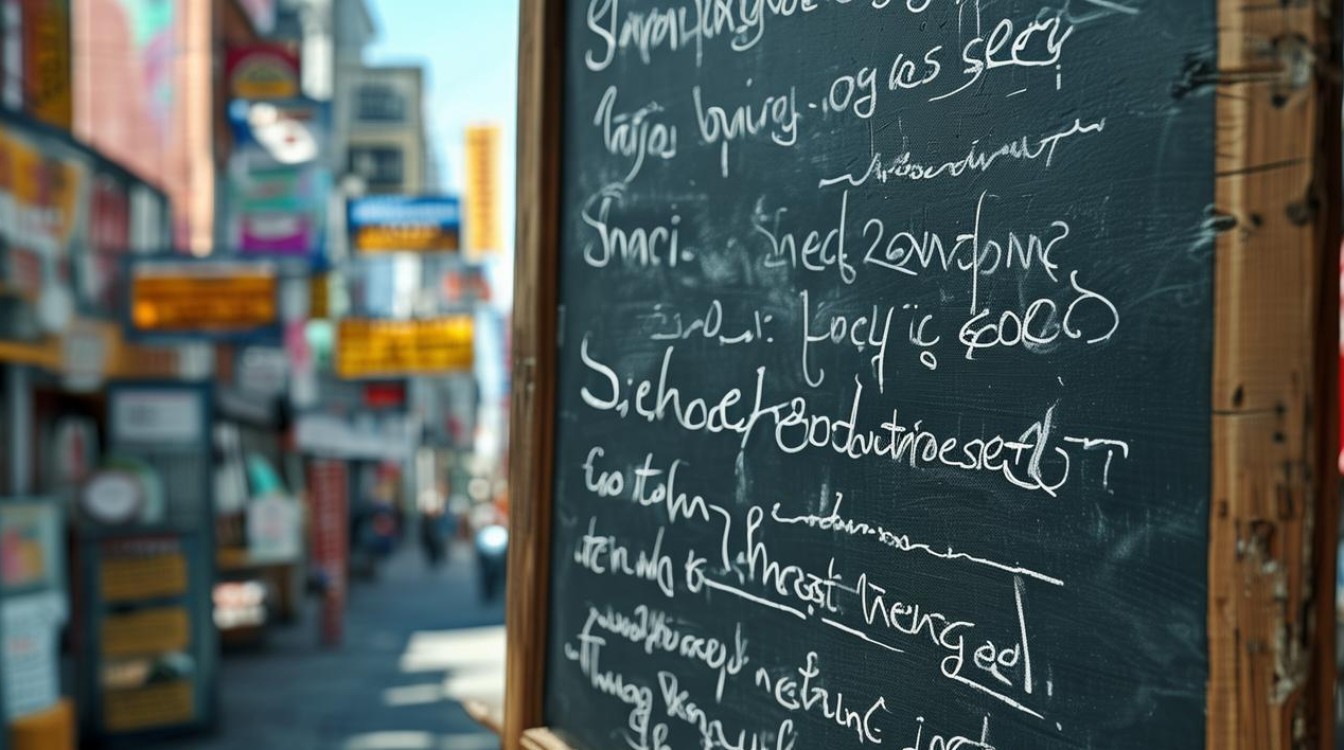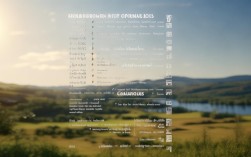英语词汇丰富且灵活,许多单词在不同语境下具有截然不同的含义,这种现象称为“一词多义”(Polysemy),它既是英语学习的难点,也是语言魅力的体现,掌握这些多义词的用法,能帮助提升语言表达的准确性和丰富性,以下是英语中常见的一词多义现象,供学习者参考。

Run
“Run”是最典型的多义词之一,其含义随语境变化极大。
- 奔跑:He runs every morning.(他每天早上跑步。)
- 经营:She runs a small business.(她经营一家小企业。)
- 流动:Tears ran down her face.(泪水顺着她的脸流下。)
- 竞选:He decided to run for president.(他决定竞选总统。)
- (机器)运转:The engine is running smoothly.(发动机运转顺畅。)
Light
“Light”既可作名词,也可作形容词或动词,含义多样。
- 光线:The room was filled with natural light.(房间充满自然光。)
- 轻的:This bag is very light.(这个包很轻。)
- 点燃:He lit a candle.(他点燃了一支蜡烛。)
- 浅色的:She prefers light blue.(她喜欢浅蓝色。)
Bank
“Bank”在不同领域有完全不同的意思。
- 银行:I need to go to the bank to withdraw money.(我得去银行取钱。)
- 河岸:We sat by the river bank.(我们坐在河岸边。)
- (飞机)倾斜:The plane banked sharply to the left.(飞机向左急剧倾斜。)
Bear
“Bear”既可以是动物,也可以表示动作。
- 熊:We saw a bear in the forest.(我们在森林里看到一只熊。)
- 忍受:I can’t bear the noise.(我无法忍受这种噪音。)
- 承担:He bears the responsibility.(他承担这个责任。)
Match
“Match”在体育、日常用语中有不同含义。

- 比赛:The football match was exciting.(这场足球比赛很精彩。)
- 火柴:He struck a match to light the candle.(他划了一根火柴点燃蜡烛。)
- 匹配:This tie matches your shirt.(这条领带和你的衬衫很配。)
Set
“Set”是英语中含义最丰富的单词之一,牛津词典列出了超过400种用法。
- 放置:She set the book on the table.(她把书放在桌上。)
- 设定:Set the alarm for 7 AM.(把闹钟设定在早上7点。)
- 一套:He bought a new set of tools.(他买了一套新工具。)
- 凝固:The jelly has set.(果冻已经凝固了。)
Fair
“Fair”既可形容公正,也可指集市或肤色。
- 公平的:The judge made a fair decision.(法官做出了公正的判决。)
- 集市:We went to the county fair.(我们去了县里的集市。)
- (肤色)白皙的:She has fair skin.(她的皮肤很白。)
Break
“Break”在口语和书面语中都很常见。
- 打破:Be careful not to break the glass.(小心别打碎玻璃。)
- 休息:Let’s take a short break.(我们休息一会儿吧。)
- 破晓:Daybreak is also called dawn.(破晓也叫黎明。)
Lead
“Lead”的发音和含义都因语境而异。
- 领导(/liːd/):She leads the team.(她领导这个团队。)
- 铅(/led/):This pipe is made of lead.(这根管子是铅制的。)
- 领先:Our team is in the lead.(我们队领先。)
Tie
“Tie”既可指领带,也可表示“平局”。

- 领带:He wore a blue tie.(他系了一条蓝色领带。)
- 平局:The game ended in a tie.(比赛以平局结束。)
- 系紧:Tie your shoelaces.(系好你的鞋带。)
Bark
“Bark”可以指树皮,也可以形容狗叫。
- 树皮:The bark of this tree is rough.(这棵树的树皮很粗糙。)
- 狗叫:The dog barked loudly.(狗大声吠叫。)
Crane
“Crane”既是一种鸟,也是一种机器。
- 鹤:A crane stood by the lake.(一只鹤站在湖边。)
- 起重机:They used a crane to lift the heavy box.(他们用起重机吊起那个重箱子。)
Date
“Date”可以指日期,也可以指约会或枣子。
- 日期:What’s the date today?(今天是几号?)
- 约会:They went on a date last night.(他们昨晚约会了。)
- 枣子:She likes to eat dates.(她喜欢吃枣子。)
Jam
“Jam”既是一种食物,也可以表示“堵塞”。
- 果酱:I spread strawberry jam on my toast.(我在吐司上涂了草莓酱。)
- 堵塞:There was a traffic jam on the highway.(高速公路上堵车了。)
Bat
“Bat”可以是动物,也可以是运动器材。

- 蝙蝠:Bats are nocturnal animals.(蝙蝠是夜行动物。)
- 球棒:He swung the bat and hit the ball.(他挥动球棒击球。)
一词多义现象在英语中极为普遍,理解这些单词的不同含义有助于更准确地使用语言,学习时,建议结合具体例句记忆,并在实际交流中多加练习。


